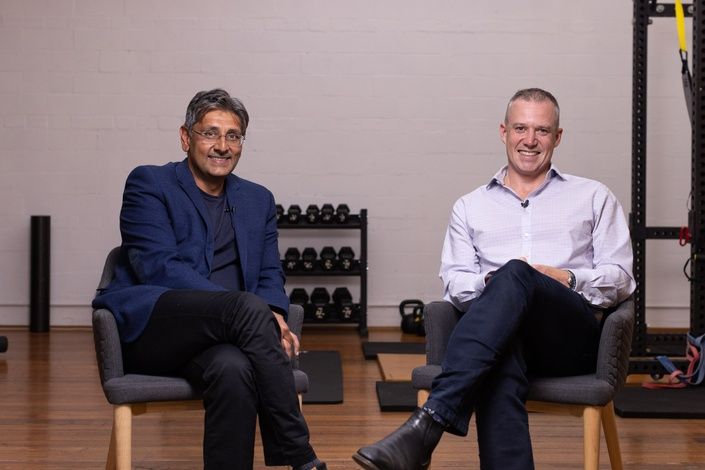Introduction
The Ankle Sprain Masterclass, taught by Prof Harvinder Bedi and Andrew Wynd provides acomplete overview of the assessment and management of ankle sprain injuries; including bothlateral ankle sprains as well as syndesmosis injuries. This position statement provides clinicallyrelevant, actionable information that may be useful to health professionals
Part 1: Epidemiology, Examination, Imaging and Diagnosis
Ankle sprains tend to be under treated with a high recurrence rate. The ATFL, CFL and PTFLhave a huge role to play in ankle stability. The typical mechanism of injury is inversion with plantarflexion with an associated ‘pop’. The clinical symptoms include pain, swelling, bruising and potentially a period of non-weight bearing (WB). Associated injuries include bony, tendon and/or nerve. Risk factors include hindfoot varus, coalitions and hypermobility.
- In the subjective history, the WB status post injury should be questioned in detail as it mayaffect prognosis.
- The clinical exam includes the 4 point talus position, anterior draw and talar tilt test. Theyare better used as a cluster of tests.
- The Ottawa Ankle Rules is a good guide to utilise whether the patient should go down the X-Ray route or not. If the patient fails to progress as expected, then perhaps an MRI iswarranted.
Part 2: Early Ankle Sprain Rehabilitation
Treatment in the initial stage is first aid with goals of settling down the injured area with perhaps bracing and the RICE protocol. Rehab should be goal-oriented, functional and criteria-driven. Most ankle sprains can be treated conservatively and should only be referred for surgical opinion if the patient fails to progress as expected in 4-8 weeks.
- Early immobilisation for a brief period of time (3-5 days) with a brace/boot with regular ROM can accelerate a patient’s ankle injury progress.
- Phases of rehab are separated into recovery, strength/neuromuscular training, jumping/landing strategies and a return to sport.
Masterclass Preview
Enjoy this 8mins of pure clinical gold from Andrew as he shares with us some very simple techniques to improve ankle ROM following ankle injury and surgery.
Part 3: Syndesmosis Injury
Syndesmosis injuries usually occur with an external rotational force to a dorsiflexed ankle. There isoften a period of non-weight bearing and the pain tends to be more proximal. The 3 main ligamentsin that area are the AITFL, PITFL and the Interosseous ligament. Imaging includes weight bearing x-ray, ultrasound, MRI or a weight bearing CT scan.
- The subjective interview includes asking a detailed mechanism of injury and weight bearingstatus post injury.
- The clinical exam includes observation, palpation (2-3 cm above joint line), squeeze test, externalrotation test and a functional hop.
- Patients who have mild and intermediate injury types, a trial of rehabilitation should becompleted first before ankle arthroscopy and stabilisation is considered.
Part 4: Overview of Treatment and Management Options
For both the lateral ligament and syndesmosis injury, the rehab framework is similar, with the lateral ligament injuries usually progressing faster. The “FARP” Ankle Rehab Protocol is a fantastic framework for clinicians to use, which similar to the Melbourne ACL Rehabilitation Guide, it uses formal-oriented approach with 5 phases. The framework consists of early, mid and late stage exercises with a focus on jumping/landing and balance drills with an end goal of returning to sports.
- Treatment techniques include restoring arthrokinematics, mobilisations and soft tissue massage.
- Patients with frank diastasis on imaging, not progressing as expected, or have poor clinical prognostics should have a surgical opinion.


